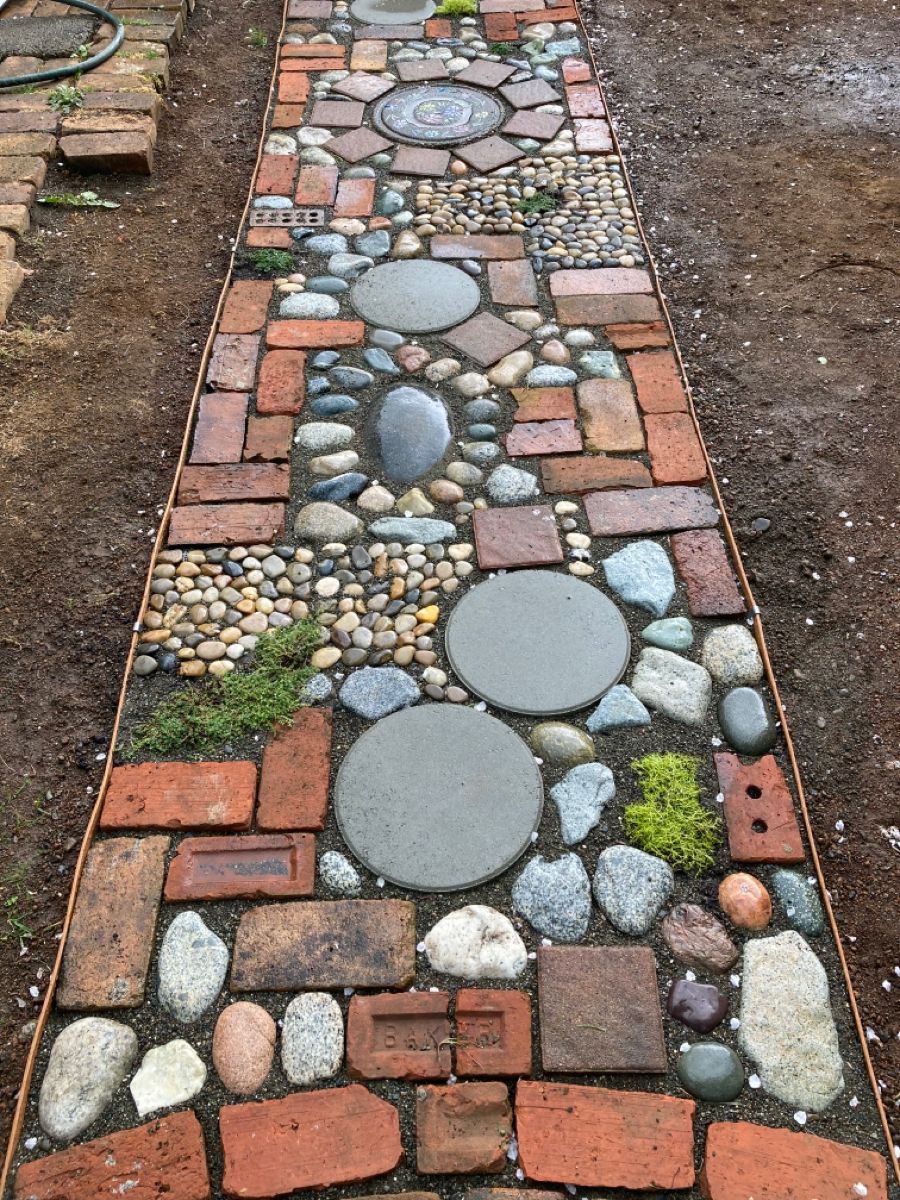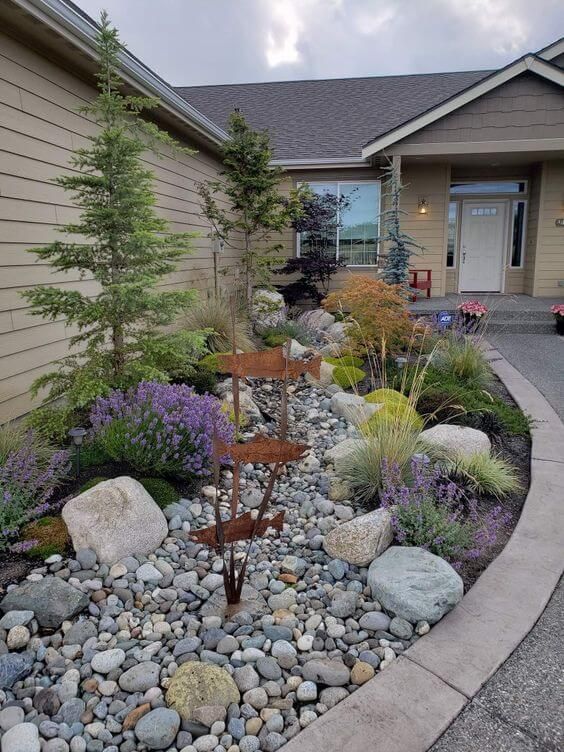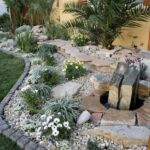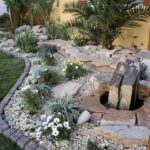Rock garden landscaping is a popular choice for homeowners looking to add a unique and natural element to their outdoor space. This type of landscaping involves using rocks of various sizes, shapes, and colors to create a visually appealing and low-maintenance garden.
One of the main advantages of rock garden landscaping is its durability. Unlike traditional gardens with plants that require regular watering and maintenance, rock gardens require minimal upkeep. Rocks are naturally resistant to weathering and erosion, making them a long-lasting and sustainable option for landscaping.
Additionally, rock gardens are versatile and can be designed to fit any size or shape of outdoor space. They can be used to create borders, pathways, or focal points within a larger garden area. Rocks can also be used to create natural-looking terraces or retaining walls, adding dimension and interest to a flat or sloped yard.
Another benefit of rock garden landscaping is its ability to thrive in dry or arid climates. Many plants that are well-suited to rock gardens, such as succulents and cacti, are drought-tolerant and require little to no watering once established. This makes rock gardens an excellent choice for homeowners living in regions with limited water resources or water restrictions.
Rock gardens also provide a habitat for wildlife such as lizards, insects, and birds. By incorporating rocks of varying sizes and shapes, homeowners can create nooks and crannies for these creatures to seek shelter and nest. This can add an element of biodiversity to the garden and create a more dynamic and vibrant outdoor space.
In conclusion, rock garden landscaping is a versatile, sustainable, and low-maintenance option for homeowners looking to enhance their outdoor space. By using rocks of various sizes and shapes, homeowners can create a visually appealing and natural-looking garden that can thrive in a variety of climates. Whether used as a border, pathway, or focal point, rock gardens can add dimension and interest to any yard while providing a habitat for wildlife.

















